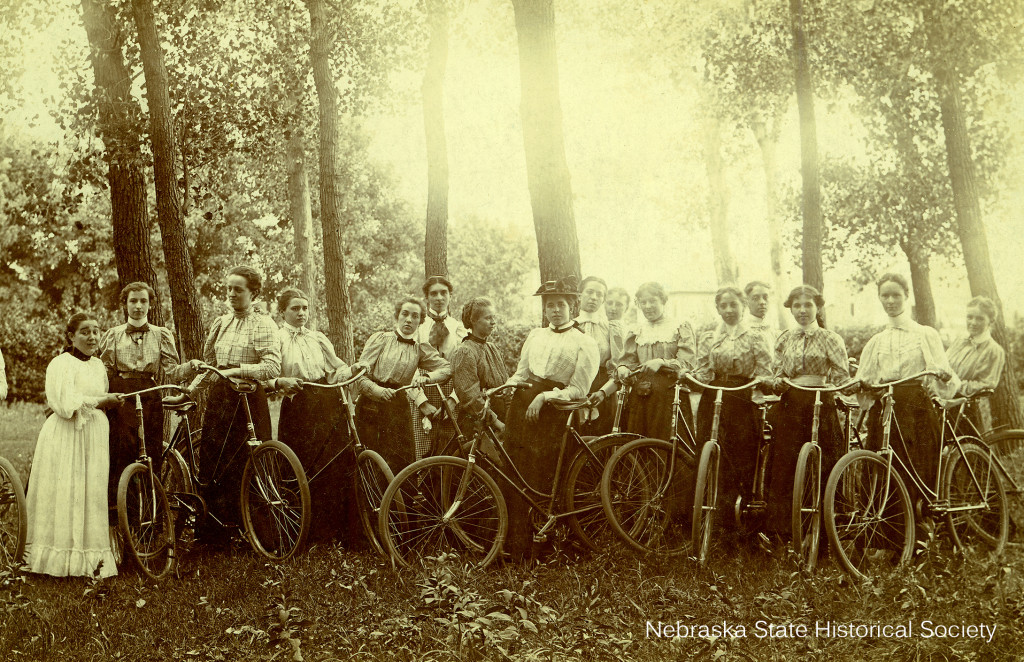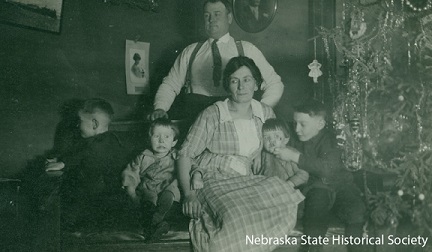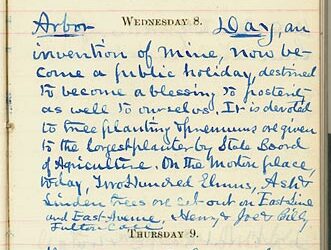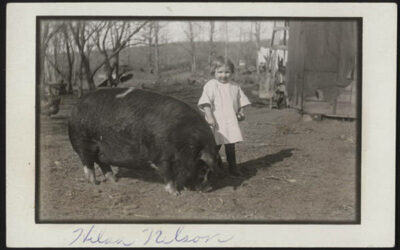
Long before the selfie, photographs had a much more somber appearance: no one smiled. Research shows that attitudes toward photos have changed drastically since the first surviving photo was taken around 1826. Here are three reasons that might explain the change:
Freeze! Don’t Move
In the early days of photography, it took several minutes to take a photo because cameras relied on slow chemical reactions. If subjects moved at all, the image turned out blurry. A smile was more difficult to hold for a long period of time, so people grimaced or looked serious. However, technology had improved enough by 1845 that the exposure time was under a minute. However, smiling in photos didn’t become the norm for three quarters of a century.
Not So Pearly Whites
People did not want to show their teeth. This explanation is the weakest of the three because everyone had bad teeth before modern dental hygiene, and no one noticed. Plus, humans can smile without showing their teeth. Overall, photo subjects’ lips were uniformly prim.
Smiling is for Fools
The third possible explanation is that photos, just like portraits, before photography, were serious undertakings that might only happen once in a person’s lifetime. People believed such a weighty event required a serious facial expression. Mark Twain once wrote, “A photograph is a most important document, and there is nothing more damning to go down to posterity than a silly, foolish smile caught and fixed forever.”
When you think about it, a smile is a response – not a constant expression. People thought smiling in a photograph was unrealistic because that was not the way your face looked most of the time. In a 2013 article called “The Serious and the Smirk: The Smile in Portraiture,” art history scholar Nicholas Jeeves writes that portrait subjects eschewed smiles because of social stigma. Artists portrayed smiling people as imps, drunkards, children, or fools, and no one wanted to bear those labels. People have been entranced and embattled over the Mona Lisa because of her smile, and she’s not even showing her teeth. This attitude toward the smile carried over into photographs.
When motion pictures became popular in the 1920s, we saw a variety of human emotions, not just the emotion a photo subject chose to represent him or her for a life time. We saw subjects be sad, triumphant, furious, grieving, and silly. As a result, we documented all of our emotions, not just the most dignified. Smiling in photos became more popular, and by the middle of the 20th century, the smile was a permanent photo fixture.
— Kylie Kinley, (former) Assistant Editor



